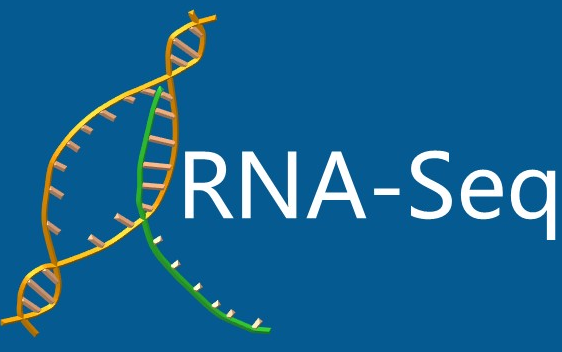SIRT6
Gene Summary
| Official Symbol | SIRT6 |
| Gene ID | 51548 |
| Also Known As | SIR2L6 |
| Description | In yeast, sirtuins regulate epigenetic gene silencing. SIRT6, a chromatin-associated protein, also appears to be involved in DNA repair. SIRT6-null mice are small, with low levels of IGF1, display evidence of genomic instability, and exhibit signs of premature ageing after 2-3 weeks. One of the roles of SIRT6 appears to be repression of L1 retrotransposons' activity, thus contributing to genome stability. This characteristic however declines over the course of ageing and in response to DNA damage. Overexpression of SIRT6 increases lifespan by 10-14.5% in mice males, but not in females. SIRT6 intraarticular injection is protective against chondrocyte degeneration. In mice overexpressing exogenous SIRT6 (MOSES mice) both lifespan and health span are increased. MOSES mice show improved glucose tolerance, younger hormonal profile, reduced age-related adipose inflammation and increased physical activity. MOSES mice fed on a high fat diet accumulate less fat and show improved glucose tolerance. These mice also show reduced levels of circulating IGF1. In humans SIRT6 levels were reduced in the articular chondrocytes of osteoarthritis patients. In chondrocyte cell cultures SIRT6 overexpression supresses replicative senescence, thus inhibiting the inflammatory senescence associated secretory phenotype (SASP). The expression of NFKB1 dependent genes is significantly attenuated by SIRT6 overexpression. As such, it is possible that SIRT6 plays a role in human ageing and could ameliorate age-related pathologies. [provided by GenAge] |
| Additional Links | GeneCards GenAge Uniprot |
Ontologies
| Biological Process |
|---|
| Cellular Component |
|---|
| Molecular Function |
|---|

